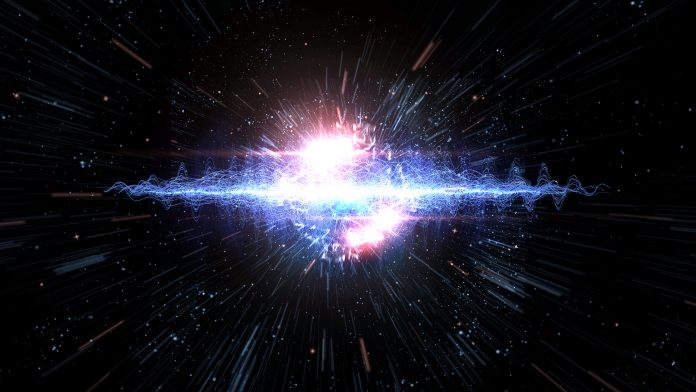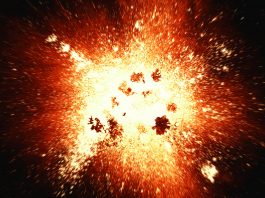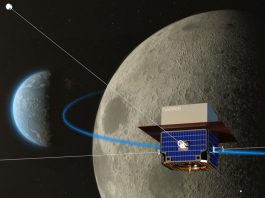UK-led research into the cosmic dawn has revealed it took place 250 million to 350 million years after the big bang, providing fresh insights into the early evolution of the Universe.
The investigation, led by researchers at the University College London (UCL) and the University of Cambridge, has discovered that the cosmic dawn – the first time in which stars formed in the Universe – occurred 250 million to 350 million years after the big bang, potentially presenting new information about how we came into existence. The findings suggest that the imminent launch of NASA’s James Webb Space Telescope (JWST) will be capable of observing the birth of galaxies directly.
The research is published in the Monthly Notices of the Royal Astronomical Society.
A new analysis of the cosmic dawn
The UK researchers, assisted by astronomers from the University of California, the University of California-Santa Cruz, and the University of Texas, investigated six of the most distant galaxies currently known, the light from which has taken nearly the entire existence of the Universe to reach Earth. The data obtained signified that the distance of these galaxies from Earth provided a “look back” in time of over 13 billion years ago, to when the Universe was in its infancy of 550 million years old. The team then analysed images procured by the Hubble and Spitzer Space Telescopes to calculate the age of the galaxies, identifying that they were between 200 to 300 million years old, from which they could calculate the timeframe of their star formation – the cosmic dawn.
Dr Nicolas Laporte, the lead author of the study from the University of Cambridge, said: “Theorists speculate that the Universe was a dark place for the first few hundred million years before the first stars and galaxies formed. Witnessing the moment when the Universe was first bathed in starlight is a major quest in astronomy.
“Our observations indicate that cosmic dawn occurred between 250 and 350 million years after the beginning of the universe, and, at the time of their formation, galaxies such as the ones we studied would have been sufficiently luminous to be seen with the James Webb Space Telescope.”
By employing the Hubble and Spitzer Space Telescopes, the researchers examined starlight in the galaxies, analysing a marker in their energy distribution that indicates the presence of atomic hydrogen in their stellar atmospheres; this method can accurately calculate the age of the stars within them.
As a stellar population ages, its hydrogen signature will increase, eventually starting to eradicate once it reaches one billion years old, although age dependence is a factor, as more massive stars that add to this signal die much faster due to burning their nuclear fuel more quickly.
Dr Romain Meyer, the co-author of the research from the UCL, said: “This age indicator is used to date stars in our own neighbourhood in the Milky Way, but it can also be used to date extremely remote galaxies, seen at a very early period of the Universe. Using this indicator, we can infer that, even at these early times, our galaxies are between 200 and 300 million years old.”
Measuring redshift
To perform their investigation accurately, the team were required to estimate the redshift of each galaxy – this signifies their cosmological distance, revealing how far in the past they are being observed. They attained this by performing spectroscopic measurements with an arsenal of powerful telescopes including, the Chilean Atacama Large Millimetre Array (ALMA), the European Very Large Telescope, the twin Keck telescopes in Hawaii, and the Gemini-South telescope. This data confirmed that the observed galaxies were from when the Universe was 550 million years old.
Professor Richard Ellis, a co-author of the research from UCL, said: “Over the last decade, astronomers have pushed back the frontiers of what we can observe to a time when the Universe was only 4% of its present age. However, due to the limited transparency of Earth’s atmosphere and the capabilities of the Hubble and Spitzer Space Telescopes, we have reached our limit.
“We now eagerly await the launch of the James Webb Space Telescope, which we believe has the capability to directly witness the cosmic dawn. The quest to see this important moment in the Universe’s history has been a holy grail in astronomy for decades. Since we are made of material processed in stars, this is in some sense the search for our own origins.”









